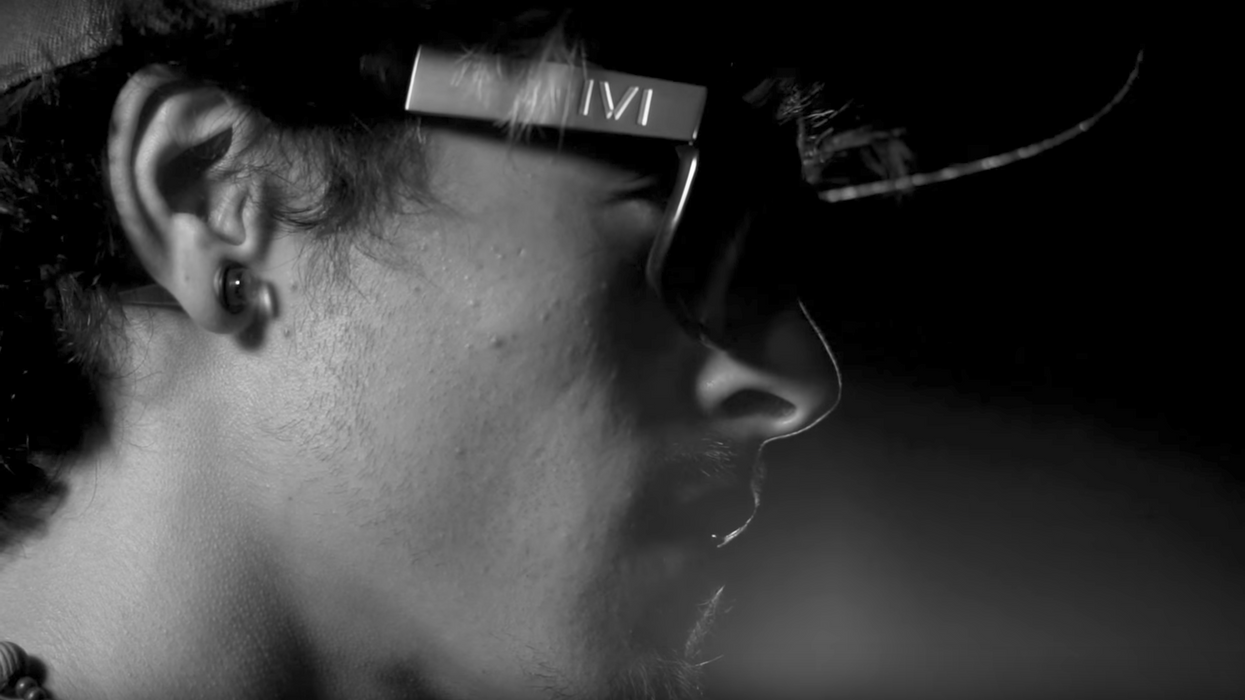The Psychology of Framing: How to Compose Shots to Tell Stories
What's the difference between wide shots and close-ups? They tell different stories.

In filmmaking, the frame is everything. It is the package that delivers every bit of visual information to your audience, which means that as a storyteller, you have to be concerned with not aesthetics alone, but with the messages your images are conveying. To better understand this perhaps it's best to start with the basic concept of framing, and here to explain the differences between wide, medium, and close-up shots, as well as the effect each of them has on viewers, is filmmaker Julian Melanson.
As Melanson explains, there are several basic shot types that are used in filmmaking. As you read through the list below, keep in mind this concept, which is one of the most important when it comes to framing: size communicates importance. (I'm not talking about shot size, but element size.) Small elements in the frame tend to have low "aesthetic energy," while larger elements tend to have high "aesthetic energy." This means your audience will not only pay more attention to the larger elements, but their eye will see them first before anything else.
Wide shot
Also known as a landscape or establishing shot, wide shots are used in many different ways, like to show your audience where your subject is in the world and how they interact with it, establishing the look of a location, or to make your subject appear very small, powerless, or insignificant.
Medium shot
This shot size is a middle ground for scenes that have action and dialogue because they're big enough to show the action but small enough to feel intimate. Mediums and medium close-ups are also great for interviews and talking-head segments.

Over-the-shoulder
This kind of framing is commonly used for shot-reverse-shot sequences where two people are sharing dialogue, but they do something really interesting psychologically. Filmmakers usually shoot dialogue scenes with medium close-ups, close-ups, and over-the-shoulders, right? Well, take a look at one of those scenes and try to figure out which character is the focus of that scene. It's the one that isn't being shot with an over-the-shoulder, because these kinds of shots divide focus between both characters (because they both are present in the frame), while MCUs and CUs zero in on one single character.
Close-up
Back in 1928, Carl T. Dreyer proved that close-ups produce an incredible emotional response from viewers with his film The Passion of Joan of Arc, which has arguably the most famous close-up to have ever appeared on film. Close-ups, namely ones of your subject's face, are going to make your audience feel a lot of things. This is because 1.) the focus is directed solely on one subject, and 2.) the size of that subject fills up the frame, which as I mentioned earlier increases the "aesthetic energy."
Extreme close-up
These shots are used typically to show an important object, like a gun hiding in someone's belt, an engagement ring in a pocket, or the last key on an enormous key ring. Extreme close-ups can also be incredibly stylized and used creatively to bring great importance to a subject.
Once you get framing nailed down, the next concepts I would suggest studying are composition and mise-en-scène, since they're both related to framing. Mise-en-scène is the arrangement or presence of elements like actors, lighting, even costumes, and color. Essentially, it's "everything in the frame that makes up the frame." Composition is the frame, as well as how the elements of the mise-en-scène appear in it.
Those three things, framing, mise-en-scène, and composition (which is comprised of the other two) are some of the most important concepts in cinematography, and hopefully this video gave you one piece to the puzzle.
Source: Julian Melanson











